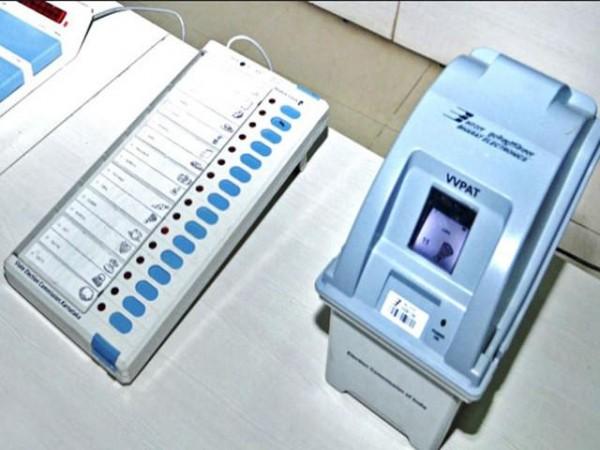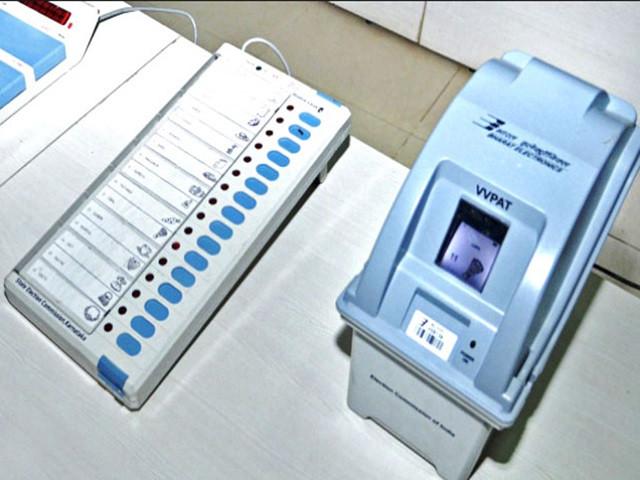

The Supreme Court on Wednesday asked the Election Commission of India (ECI) to clarify if the microcontroller is installed in the controlling unit or in the VVPAT (Voter-Verifiable Paper Audit Trail).
A bench presided over by Justice Sanjiv Khanna sought to confirm if the microcontroller used in the poll process is "one-time programmable" or not.
"How many units of symbol loading units are available with you (ECI)?" further questioned the Bench, also comprising Justice Dipankar Datta.
Saying that the limitation for instituting an election petition is 45 days under the Representation of the People Act, the Supreme Court sought to know if the retention of cast votes is required to be extended as opposed to current practice where EVM data is retained under the impression that the limitation period for filing election petition is 30 days.
"During the hearing, the reason given for storage for 45 days was that an election petition has to be filed within 30 days i.e. 15 days extra. But, when we went through Section 81 of the Representation of the People Act, it provides for 45 days. Accordingly, the storage should be extended," Justice Khanna told ECI and Centre.
Further, he enquired if both the control unit as well as VVPAT bear the seal or only the control unit is sealed till the counting of the votes.

The apex court told senior advocate Maninder Singh, appearing for the ECI, to ask poll body officials to remain present at 2 p.m. to respond to its technical queries pertaining to the Electronic Voting Machines (EVMs).
"I will request the concerned officer to remain present before your lordships," assured Singh. The matter will be taken up post lunch-break for hearing.
Last week, the top court reserved its verdict on a batch of public interest litigations (PILs) seeking mandatory cross-verification of the votes cast in EVMs with Voter-Verifiable Paper Audit Trail (VVPAT) slips.
In April 2019, the Supreme Court ordered the ECI to increase the VVPAT slips from one Electronic Voting Machine (EVM) per Assembly constituency to five. It had issued guidelines for mandatory verification of VVPAT slips, out of five randomly selected polling stations, after completing the final round of counting votes recorded in EVMs.
A VVPAT is considered an independent verification system for voting machines, allowing voters to verify whether they have correctly cast their votes.
Last week, the top court reserved its verdict on a batch of public interest litigations (PILs) seeking mandatory cross-verification of the votes cast in EVMs with Voter-Verifiable Paper Audit Trail (VVPAT) slips.
(With inputs from IANS)








